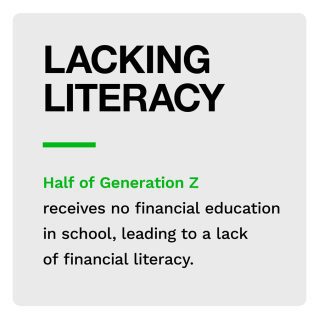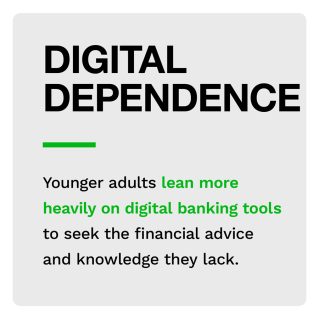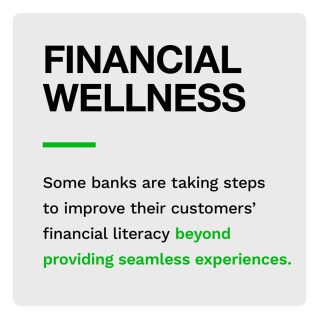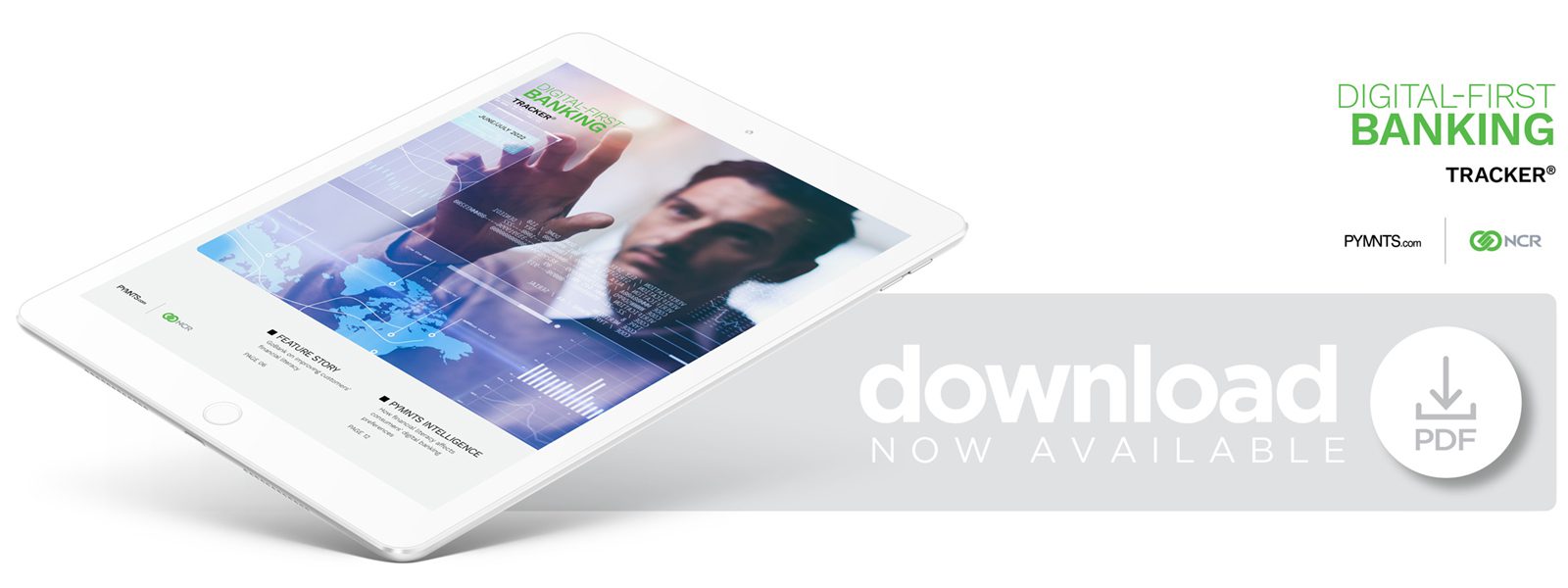The Link Between Financial Literacy and Lower Banking Fines and Fees

Digital banking is particularly popular among members of younger generations, such as millennials and Generation Z, many of whom have never banked in a branch at all. These generations are also the least likely to have a solid understanding of financial matters, however. Forty-one percent of teenagers say their high schools do not offer any financial literacy classes, and 34% of Gen Z reportedly learn about personal finance from YouTube and TikTok rather than from classes or parents.
This challenge is making younger adults lean more heavily on digital banking tools to seek the financial advice and knowledge they lack, and their expectations of the technology are high. Seamlessness and convenience are top priorities, and financial institutions (FIs) that emphasize these qualities in their mobile banking apps are setting themselves up for success. Some banks are taking direct steps to improve their customers’ financial literacy beyond just providing seamless experiences.
In the latest Digital-First Banking Tracker®, PYMNTS explores why younger generations tend to lack the financial literacy of their older counterparts, what these consumers look for when it comes to digital banking and how fulfilling these demands can produce more satisfied and loyal customers of all ages.
Around the Digital-First Banking Space
 Teenagers have plenty to worry about without their financial futures on the line, but money may be one more stressor for most teens. A recent study found that 54% of teens are worried about financing their futures, with various concerns leading to this outlook. Nearly 70% of respondents said the increasing cost of pursuing higher education had altered their post-high school plans, with 49% saying cost was their top concern. Another 43% were concerned about taking on student loans, and 27% worried that college would not be a worthwhile investment.
Teenagers have plenty to worry about without their financial futures on the line, but money may be one more stressor for most teens. A recent study found that 54% of teens are worried about financing their futures, with various concerns leading to this outlook. Nearly 70% of respondents said the increasing cost of pursuing higher education had altered their post-high school plans, with 49% saying cost was their top concern. Another 43% were concerned about taking on student loans, and 27% worried that college would not be a worthwhile investment.
Improving digital service offerings is one way to help consumers lacking financial literacy, and financial institutions (FIs) are jumping at the chance. One example is North Carolina-based Allegacy Federal Credit Union, which partnered with NCR and Google Cloud to implement a new data analytics program. The credit union (CU) will leverage the program to help its members understand savings goals, credit scores and spending plans. The data analytics solution is also intended to help the CU on the back end by leveraging data visualization tools, thus helping leaders plan new initiatives based on the performance of prior ones. Allegacy currently has 16 branches across North Carolina and handles $2 billion in assets among 166,000 members.
For more on these and other stories, visit the Tracker’s News and Trends.
GoBank on Improving Customers’ Financial Literacy
Financial literacy is a crucial life skill that, unfortunately, is wanting in many individuals, particularly younger generations with less wealth. Lacking this know-how makes consumers prone to further financial hits, such as overdraft fees and late payments, which can quickly add up.
In this month’s Feature Story, PYMNTS talked with Abhijit Chaudhary, chief product officer at online checking account provider GO2bank, about how the FI deploys credit monitoring and payment consolidation to improve its customers’ financial health.
How Financial Literacy Affects Consumers’ Digital-First Banking Preferences
Digital financial services are particularly appealing to younger generations due to a lack of financial literacy compared to their older peers. In the absence of real-world experience, younger consumers are coming to rely on digital banking tools to educate themselves about financial matters, and they have high expectations of technology and tend to have a low tolerance for digital banking friction.
This month’s PYMNTS Intelligence examines the issue of financial literacy among younger generations and how it affects both their needs and expectations for digital banking.
About the Tracker
The Digital-First Banking Tracker®, a PYMNTS and NCR collaboration, explores the latest in the world of digital-first banking, including the lack of financial literacy among younger generations and how it affects their banking expectations.
